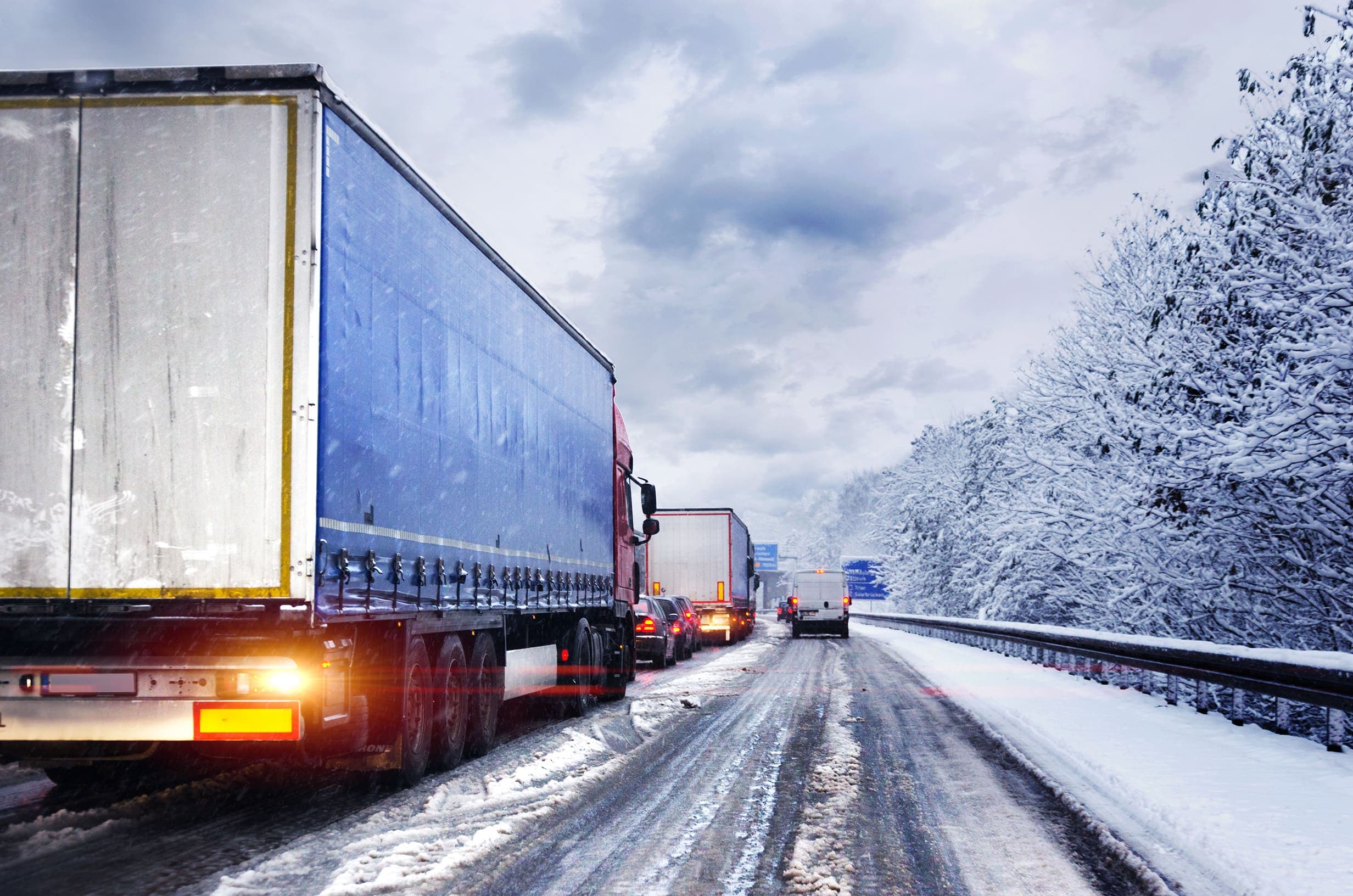How AI in Transportation will Accelerate Strategies in 2026

Trending
Top Posts
Fuel
Why Do Shippers Use The DOE Fuel Surcharge? A History Of The National Fuel Surcharge
5 min read
December 5, 2025
Market Events
How Ukrainian Drone Strikes on Russian Refineries Impact Your Fuel Costs
6 min read
November 20, 2025
Freight
The Definitive Guide on Fuel Management Systems
7 min read
November 11, 2025
4 min read
May 4, 2020

Share:
Table of contents
Browse the table of contents to jump straight to the part you’re looking for
The lack of crude oil and diesel price support through April reflected mounting skepticism that record OPEC+ production cuts will be effective in countering COVID-19’s demand destruction. Average diesel prices closed April about $0.35 per gallon below March. Expectations of demand remaining relatively soft for the foreseeable future make it clear that more significant supply-side restraints will be required to trigger a sustainable price rebound. However, oil and diesel prices rose last week as demand began to show signs of a tentative recovery. More regions continue to ease economic shutdowns and certain facets of everyday life return to a more normal state. This will help chip away at the world’s significant supply-demand imbalance caused by the virus. The pandemic is still expected to play a substantive role in the global demand picture heading into summer.

Source: Energy Information Administration (EIA)
April saw severe demand losses due to social distancing efforts and stay-at-home orders from COVID-19. Gasoline demand was down nearly 50 percent, jet fuel over 60 percent, and diesel 15 percent year-over-year in April. The resulting price slide financially forced many oil and refined product producers—especially in the U.S.—to continue scaling down operations. This operational shift will likely continue until inflated inventories dwindle and prices return to more economically viable levels for oil producers and refiners. The start of record OPEC+ oil production cuts on May 1 will look to counter some of COVID-19’s demand destruction. Economic stimulus packages and virus containment efforts also suggest some upward price pressure will materialize in the second half of 2020 and into 2021. The pace of supply-side adjustments and consumer behaviors amidst the slow return to normal will see market volatility drag on through the upward transition. The expected diesel price rebound will be gradual given COVID-19’s persistence.
Consumers have been saving more amid the COVID-19 outbreak, bringing future uncertainty to the labor market and U.S. economy. The U.S. Bureau of Economic Analysis released its March figure for personal savings rate (chart below), which represents a percentage of personal savings to disposable income.

The personal savings rate hit a historic 13.1 percent, which is the largest value since 1981 and the largest month-over-month increase on record. The unprecedented rate could be attributed to more cautious spending despite stimulus checks and tax returns providing income replacement. The shift in consumer spending patterns was the largest driver of the estimated Q1 Gross Domestic Product contraction of 4.8 percent annualized year-over-year.
While consumers build up savings and limit spending, freight demand in the Breakthrough Network continues to show year-over-year growth (chart below). This is mainly due to non-discretionary goods freight demand—especially health and cleaning products—holding pronounced strength even as the U.S. economy weakens.

Freight demand across industries will undoubtedly be impacted by consumer spending behavior as long as COVID-19 affects employment and the broader health of the U.S. economy.

5 min read
December 5, 2025
The DOE fuel surcharge is an outdated, inaccurate method for fuel reimbursement. Learn why it costs you money and discover a modern, market-based alternative.
Read more
6 min read
November 20, 2025
Understand the impact of Ukrainian drone strikes on Russian refineries. Learn why diesel prices are volatile and how to protect your budget from market shocks.
Read more
7 min read
November 11, 2025
Discover how fuel management systems cut costs, track emissions, and improve reimbursement accuracy for modern freight operations.
Read more